J. Christopher Brown
Loyola community member
This is part 3 of Christopher Brown’s series on the history of opiates.
“Junk is the ideal product …the ultimate merchandise. No sales talk necessary. The client will crawl through a sewer and beg to buy,” said William S. Burroughs, American author, and heroin addict.
By 1900, heroin could be legally bought without prescription in every drugstore in the United States. The American Civil War had created large numbers of morphine addicts among veterans. Just as morphine had been promoted as a cure for opium addiction, heroin was sold as a cure for morphine addiction. Its promoters claimed that it was not addictive; in reality, this purified form of morphine (heroin) was far more powerfully addictive than morphine, just as morphine was much more addictive than opium. All these substances derived from the same plant, the opium poppy.
As the number of morphine and heroin addicts began to grow, the problem could no longer be ignored. The initial government response was the passage of the Harrison Narcotics Act of 1914 by Congress, which required the registration of everyone handling opium and coca products and instituting a stamp tax of one cent an ounce on these drugs. Many veterans of World War I became addicted to medical morphine, and physicians were allowed to treat these wounded veteran addicts by prescribing morphine, heroin, or other opiates, and numerous clinics were established to treat addicts, most commonly by gradually reducing their dosage.
This all came to an end in 1923, when the Supreme Court ruled in United States v. Behrman that it was illegal for a doctor to prescribe opiates to an addict under any circumstances. This measure did not reduce addiction or its harmful effects, but rather increased them: the doctor was replaced by the pusher. In the United States, as in other countries, alcoholism had huge damaging effects on society and a movement grew to prohibit the sale of alcoholic beverages, resulting in the passage of the 18th Amendment to the U.S. Constitution on Jan. 16, 1919, which required the prohibition of alcohol manufacture and sales throughout the entire nation. As is well known, this well-meaning but misguided, legal attack on a drug, alcohol, that had been legal for thousands of years, did not succeed in eliminating alcoholism.
Millions of people continued to drink; the saloon was replaced by the “speakeasy” and the distiller was replaced by the bootlegger. Because of the huge profits that could be made, prohibition fueled the birth of organized crime in America. Italian gangs that had traditionally profited from extortion, loan-sharking, kidnapping and gambling experienced exponential growth as they seized the opportunity of controlling the bootlegging industry, giving mobsters like Al Capone an unparalleled business opportunity. Briefly, prohibition was recognized to be so harmful to society that on Dec. 5, 1933, the 21st Amendment repealed the 18th Amendment. The re-legalization of alcohol immediately made the bootlegger obsolete, (except in certain rural areas, where “moonshine” was made to evade the steep tax on alcohol, which legal distillers had to pay). Heroin remained prohibited.
The sudden loss of bootlegging money created a fiscal crisis for the Mafia. This was solved by Charles “Lucky” Luciano, a Sicilian gangster who had immigrated to the USA. Previously the Mafia, following its own internal moral code, had not been involved in the narcotics trade or in prostitution. Luciano changed that definitively, and integrated narcotics and prostitution: heroin was much easier to smuggle than booze, being much lighter and many times more valuable than illegal alcohol, and prostitutes deliberately addicted to heroin could be easily controlled. By 1935, in New York City alone, Luciano controlled about 200 brothels and 1,200 prostitutes, bringing in more than $10 million a year. However, Federal and state law enforcement, led by Thomas Dewey (later a presidential candidate in 1948), prosecuted Luciano on sixty-two counts of forced prostitution, as he was convicted and sentenced to thirty to fifty years in prison.
In Italy, the Mafia had been under attack by Mussolini, who had been insulted by a Sicilian Mafia boss in 1924. Mussolini launched a vigorous campaign against the Mafia, and by the time World War II began, the Mafia survived only in remote areas of the mountains of Sicily. World War II also drastically reduced the smuggling of heroin into the United States, because the war effort commandeered all available shipping capacity, and the scrutiny of docks and wharves increased tremendously, to guard against enemy sabotage and the infiltration of Nazi and Fascist agents.
However, the war effort also paradoxically aided the rebirth of the Mafia in America. Organized crime controlled most of the docks in New York, and the U.S. Office of Naval Intelligence made an alliance with organized crime to organize an anti-sabotage effort, which was successful. “Lucky” Luciano, was visited by Naval Intelligence at maximum security Dannemora prison, and after promising his full cooperation to the war effort, he was transferred to a less harsh prison, where he was regularly visited by other gangsters and military intelligence officers.
In 1943 Allied troops invaded Sicily, beginning the destruction of Fascism in Italy and the death of Mussolini. Luciano used his contacts with the Sicilian Mafia to aid the Allied advance, ensuring that Italian forces did not provide serious opposition to advancing American and Allied forces, and guiding our troops through the mountains of Sicily. The Mafia had its revenge on Mussolini. After the war, the Mafia regained its powerful position in Sicilian society, aided by the Allies because the Mafia had also been recruited to fight the growth of the communist labor movement in Italy.
Communists had played a large part in the resistance to fascism, but after the war communism was regarded as a greater threat than organized crime, and the Mafia was used to break strikes, disrupt leftist political rallies, and assassinate communist labor leaders. Thus, in a bizarre irony, the defeat of Mussolini and Italian fascism enabled the Mafia to reconstitute itself and grow. In 1946, in gratitude for his clandestine services during the war, “Lucky” Luciano was released from prison and deported to Italy, where he organized the post-war heroin trade, which became much larger than the narcotics racket before the war.
(Much more detailed history of these events can be found in The Politics of Heroin in Southeast Asia, by Alfred W. McCoy; Harper & Row, New York, 1972).
[Next: Part 4: the Post-War Heroin Epidemic and the French Connection]


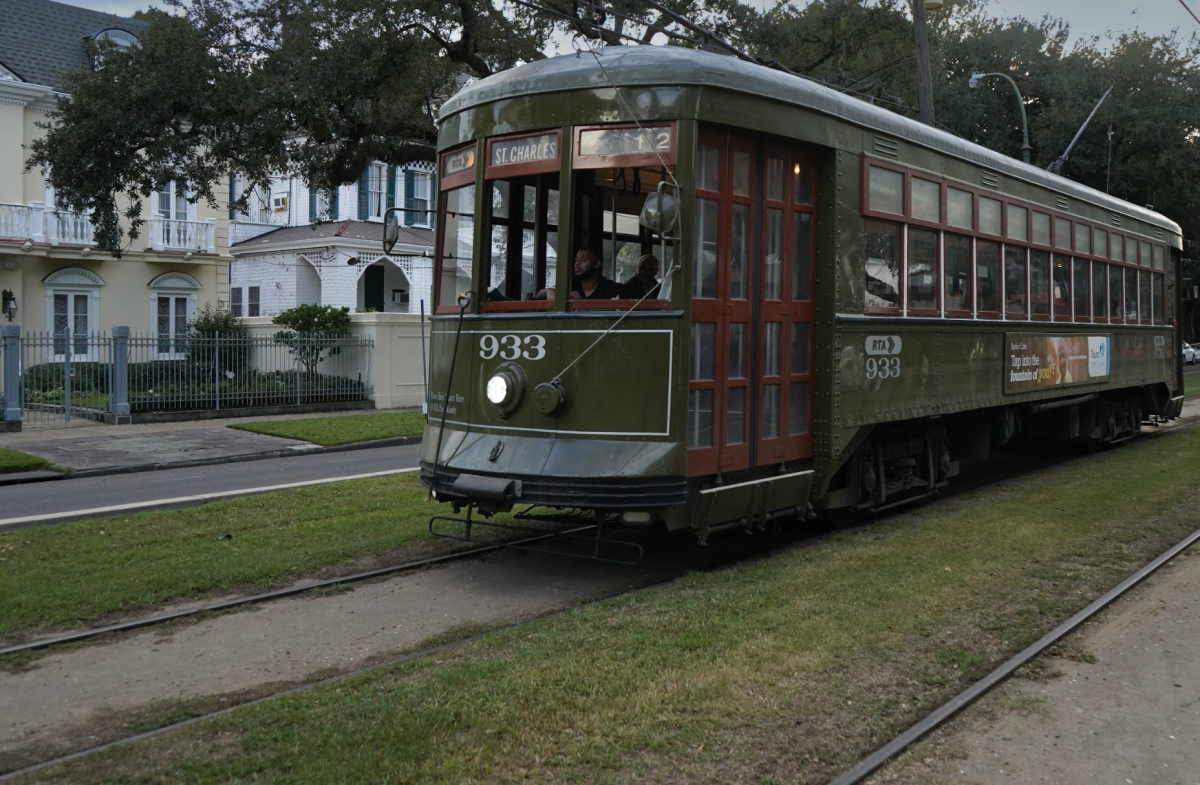
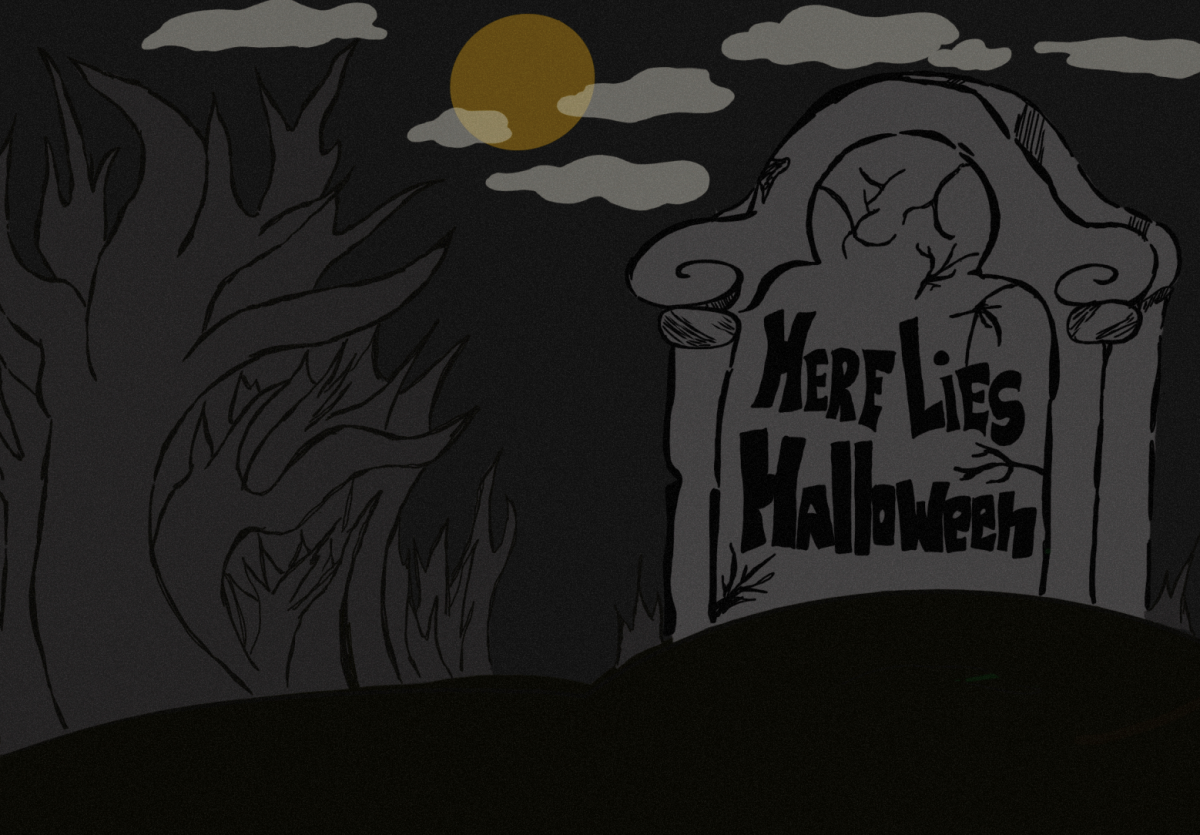
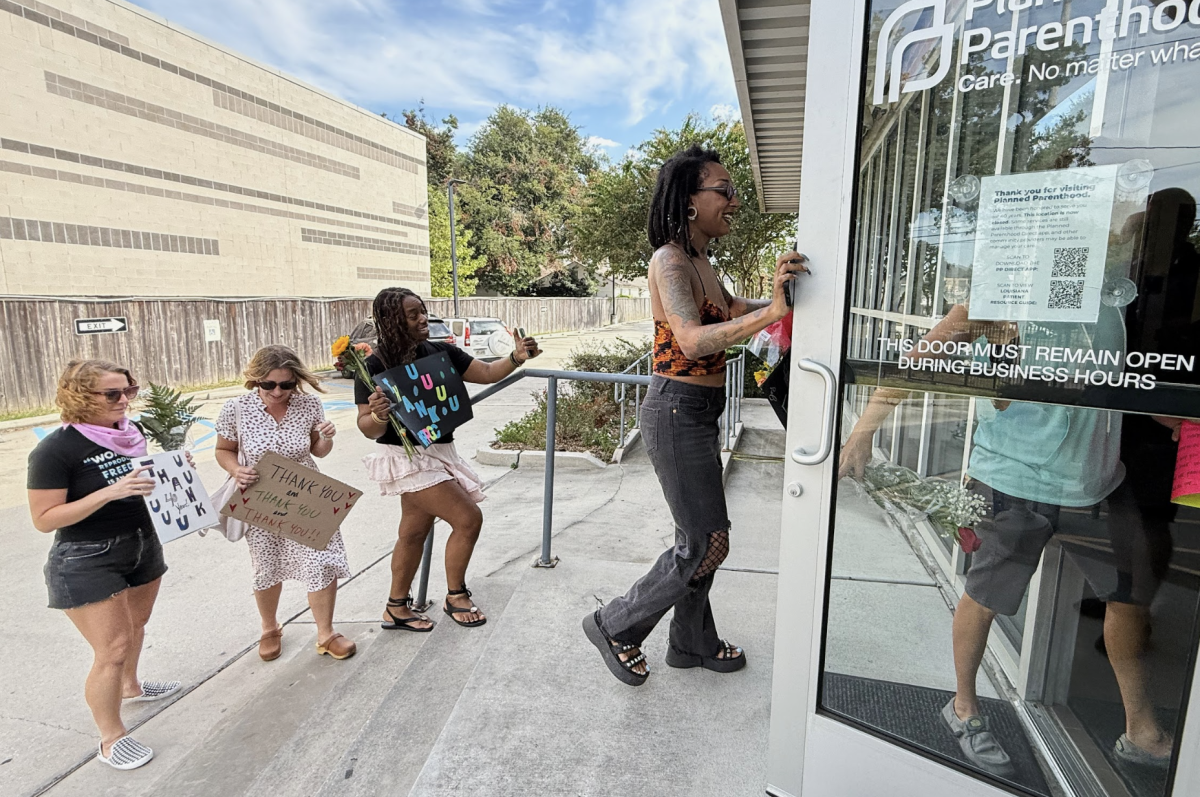

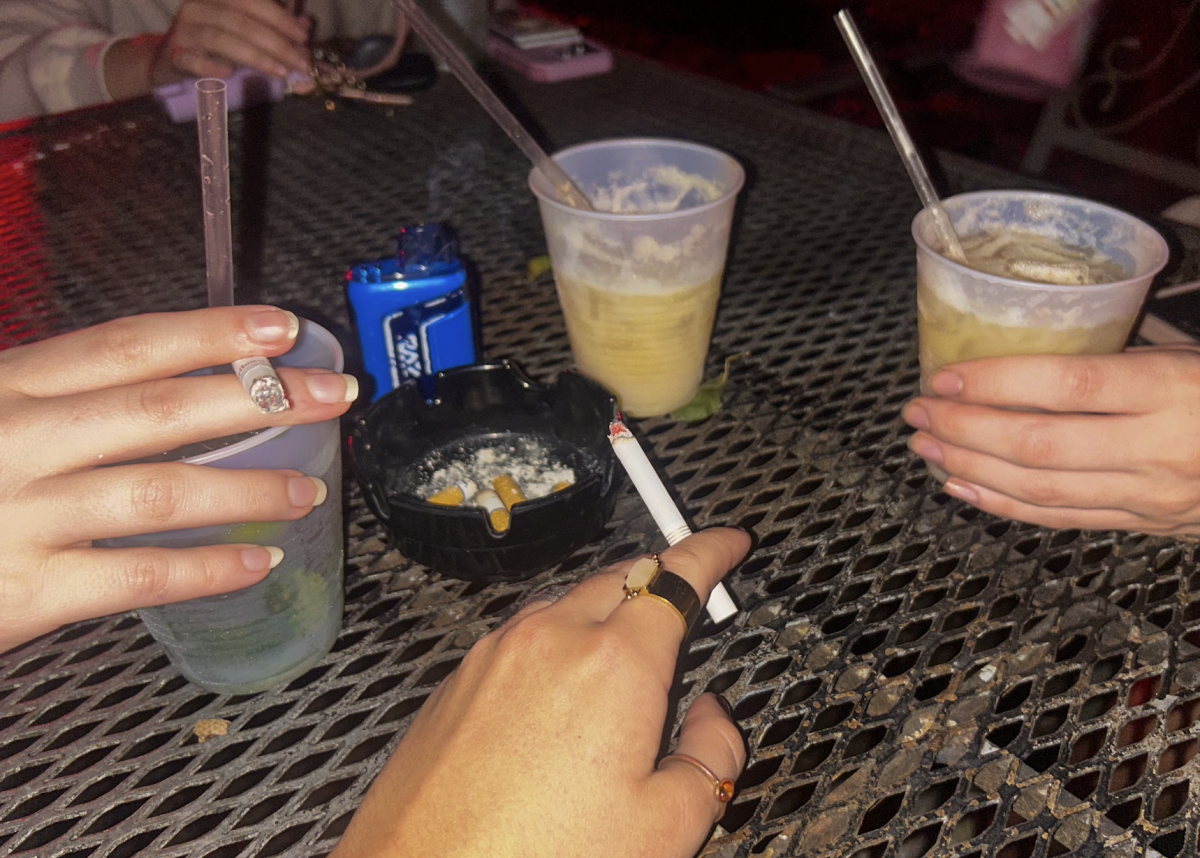

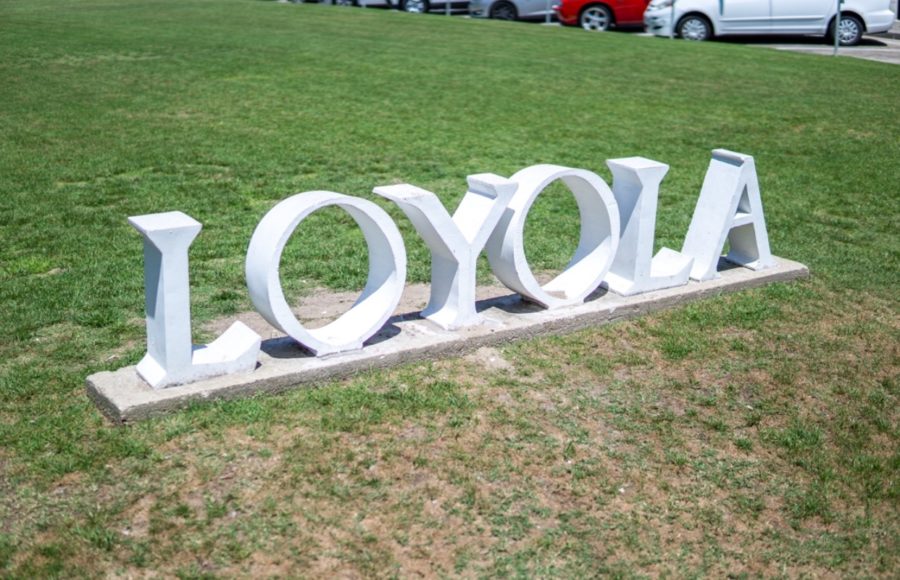
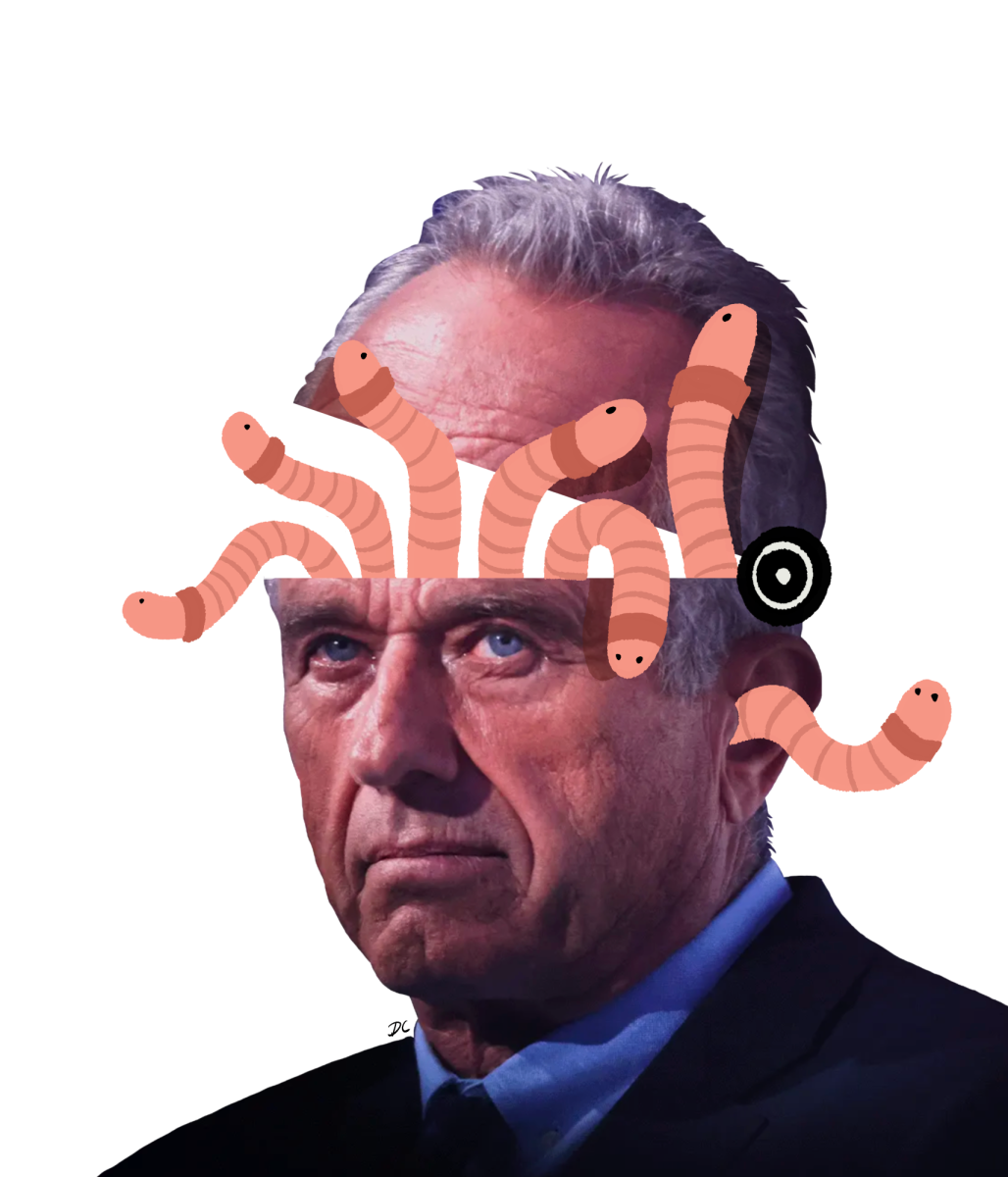
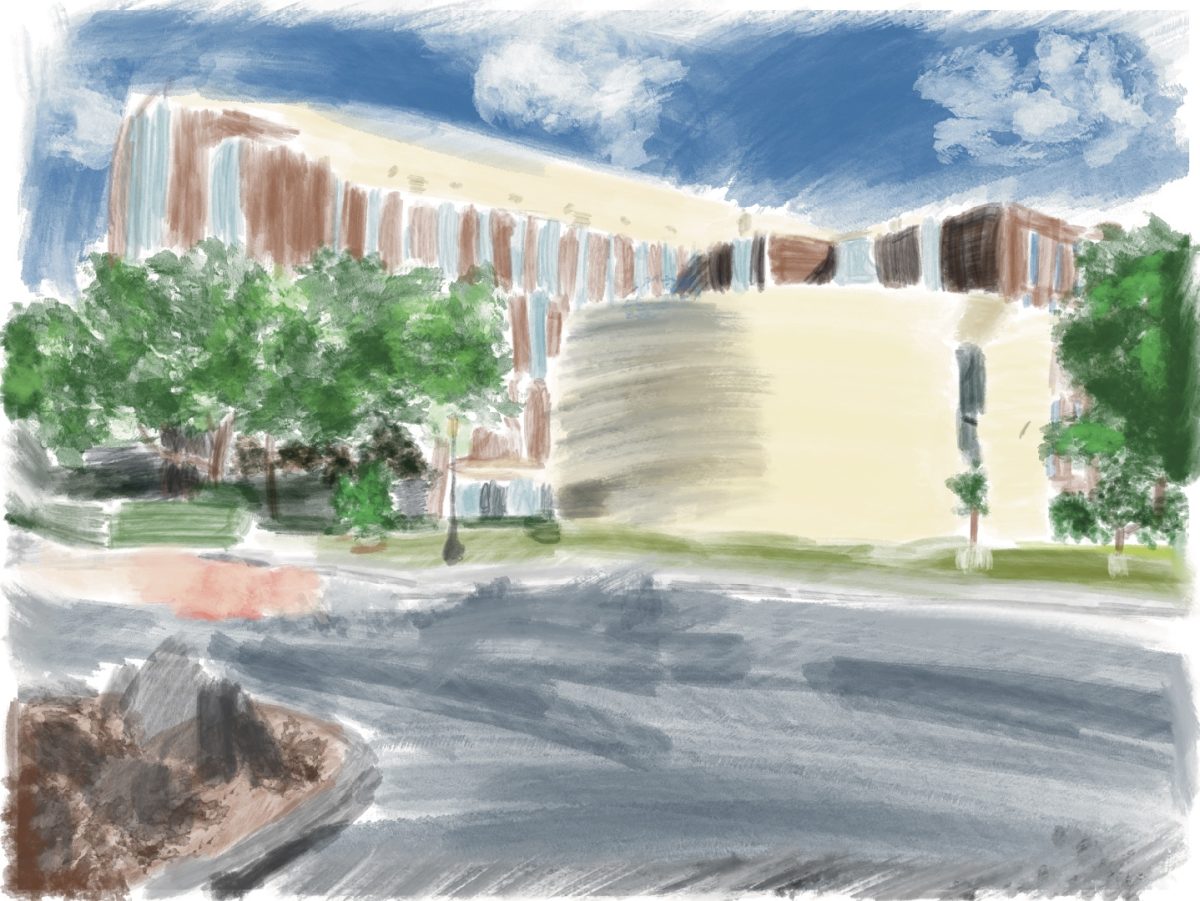

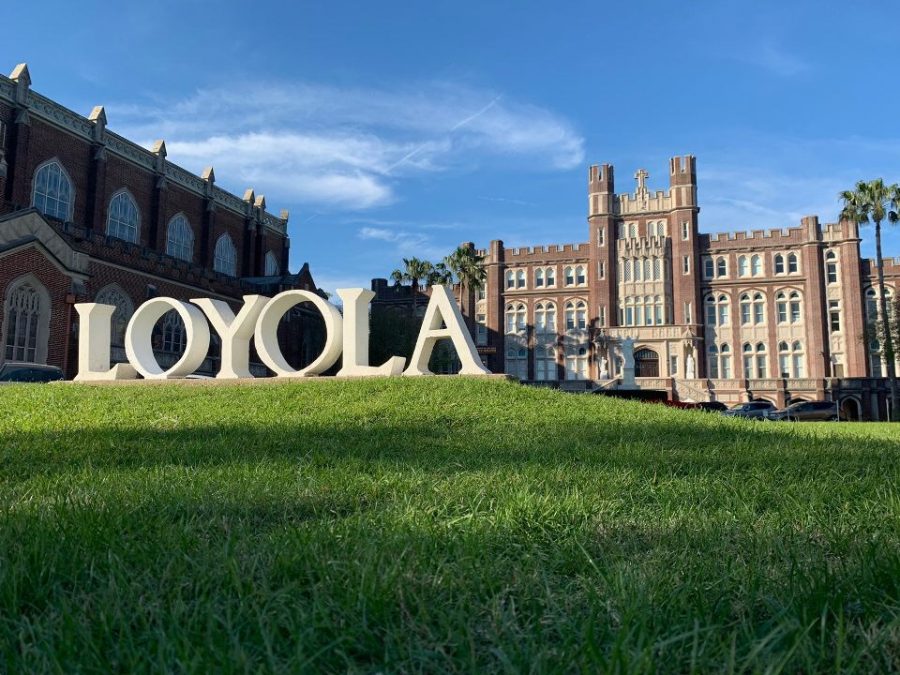
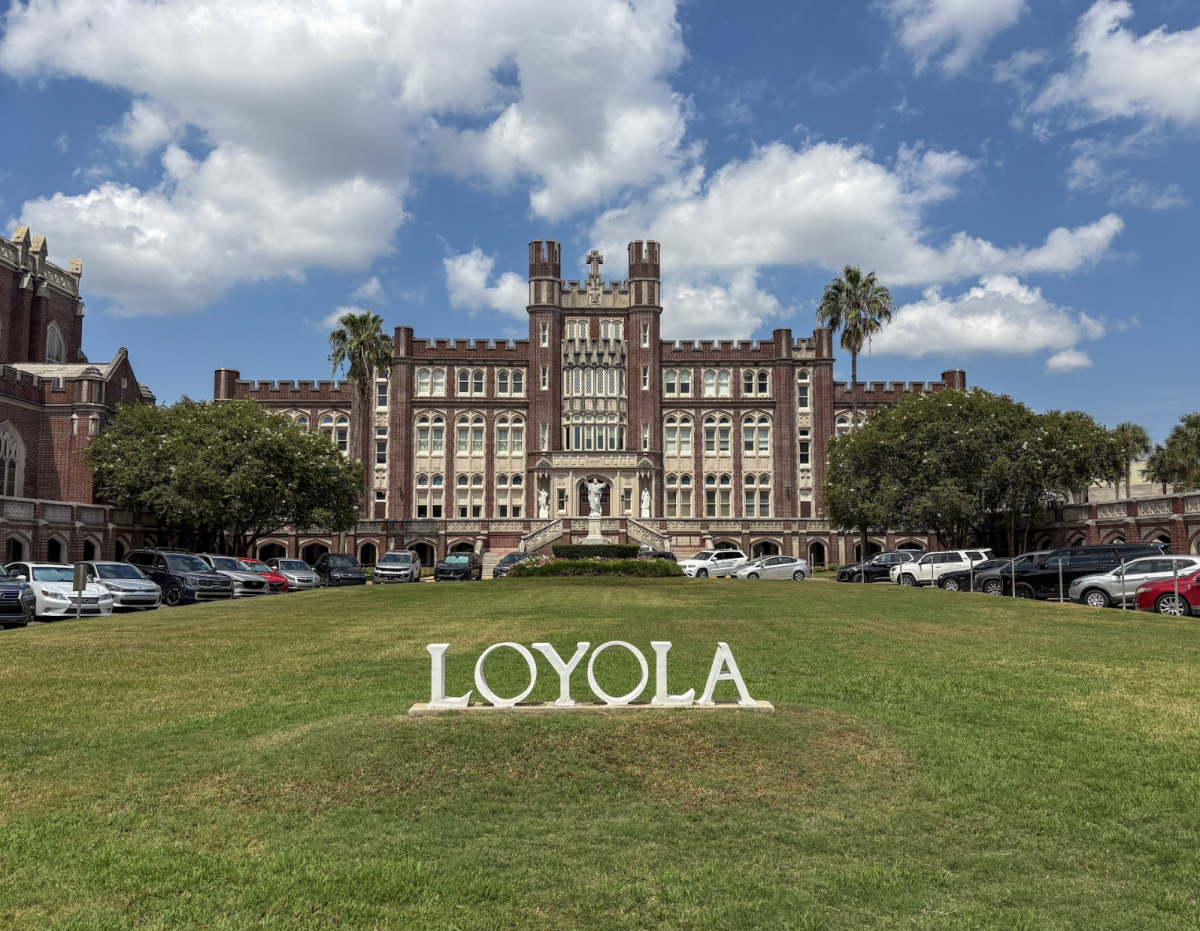
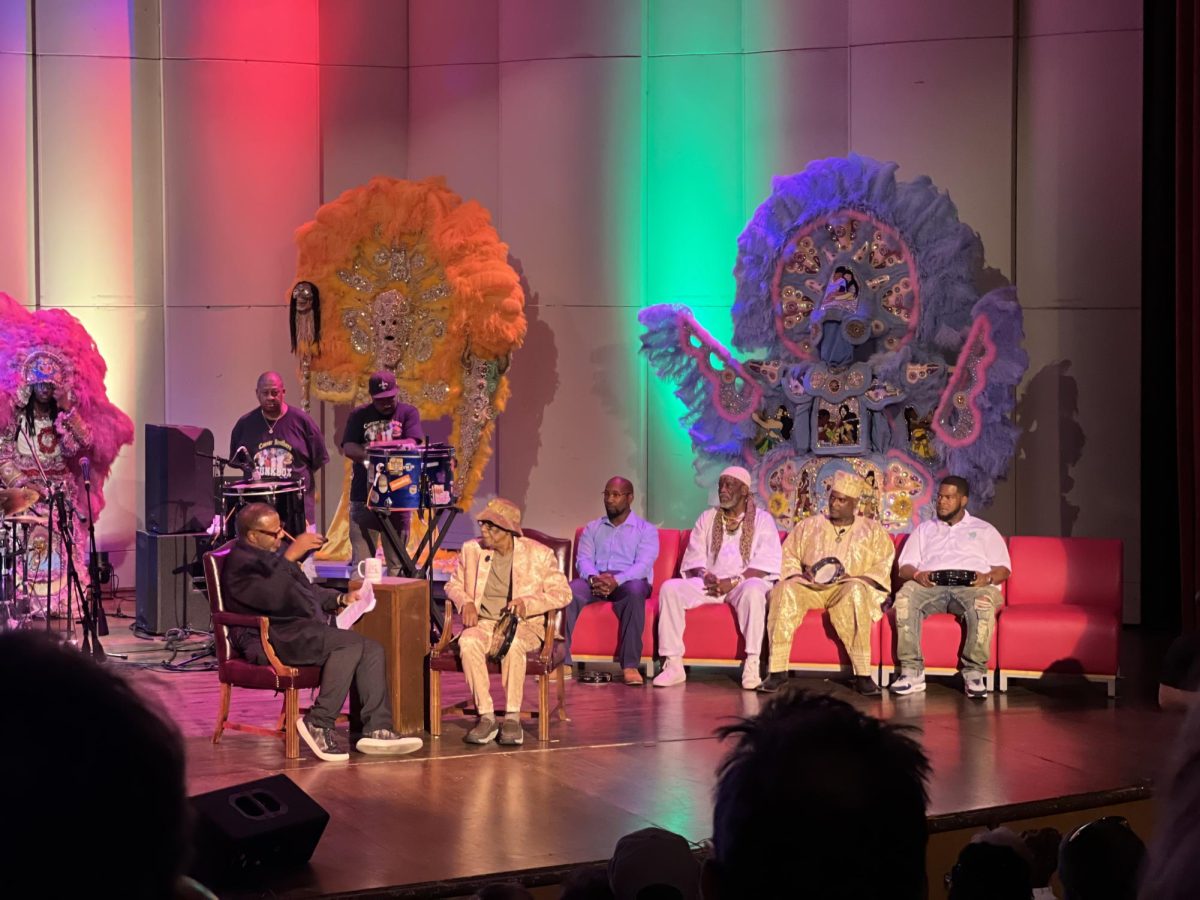


Michael Pisani • Dec 5, 2016 at 4:16 pm
Good summary of one perspective of the drug trade in the U.S. from 1900-WW II.